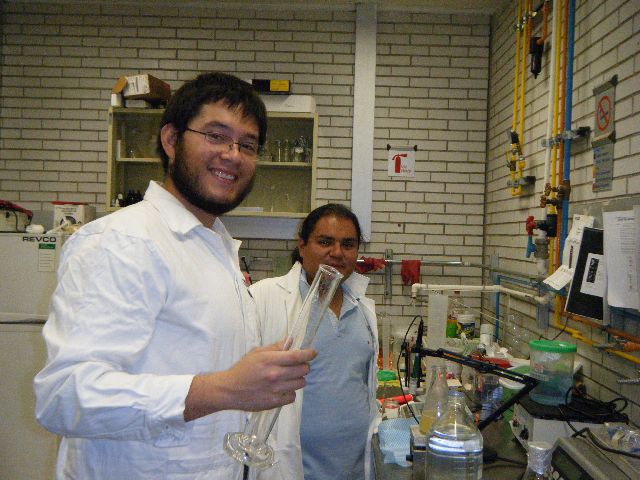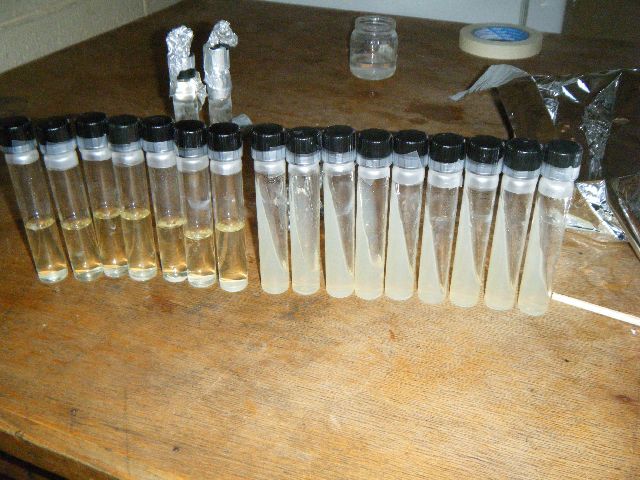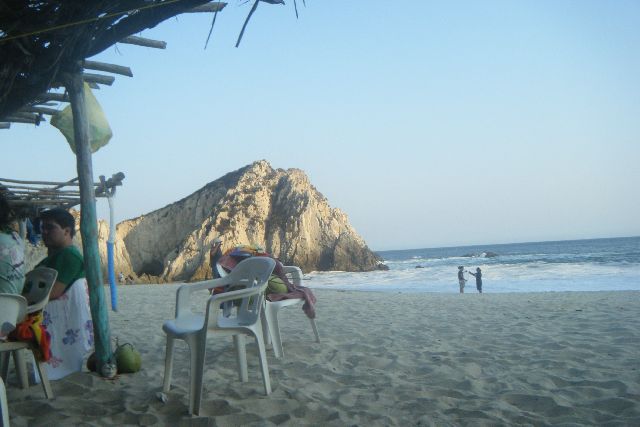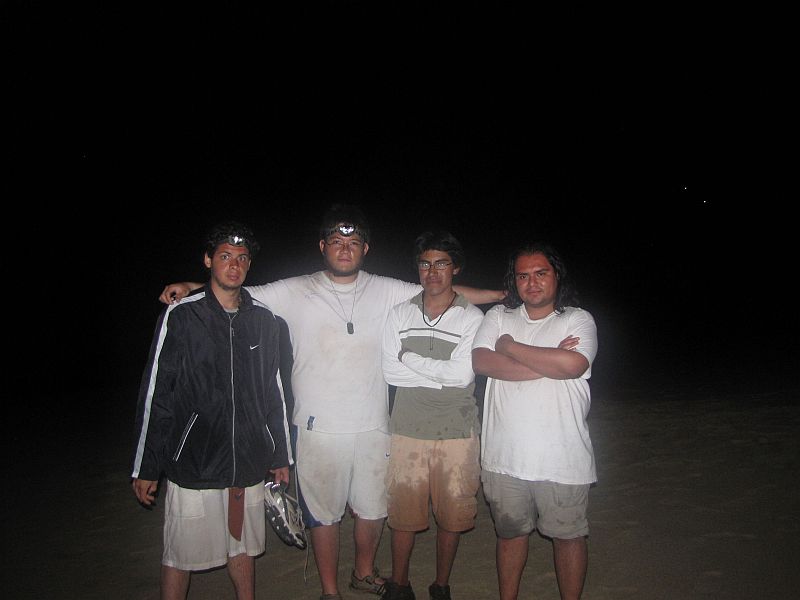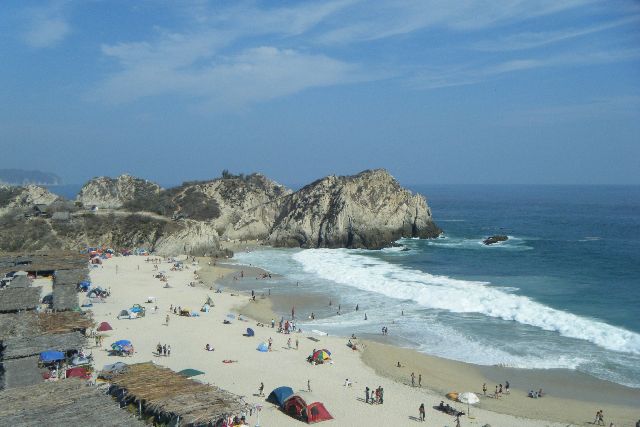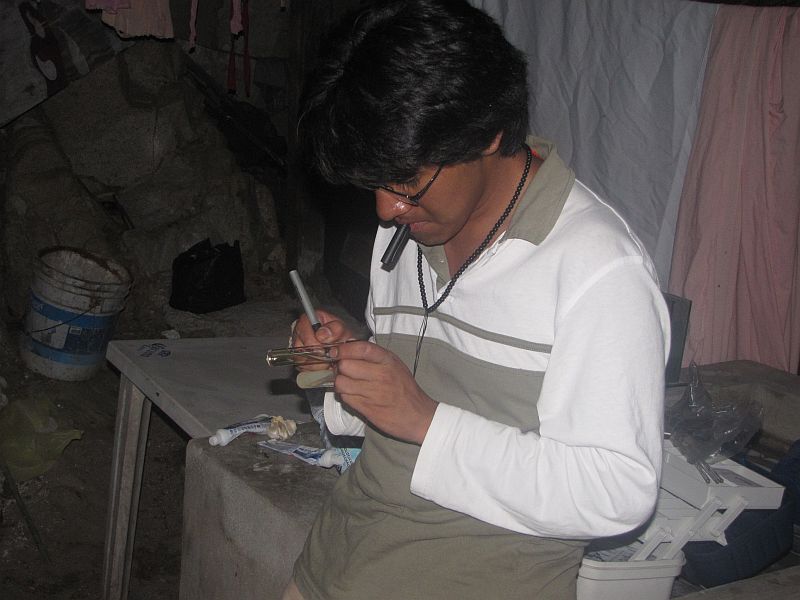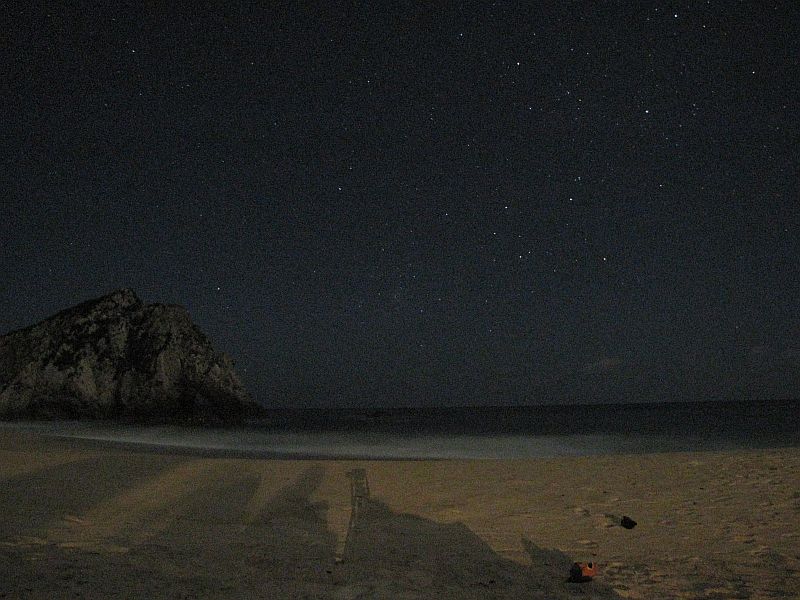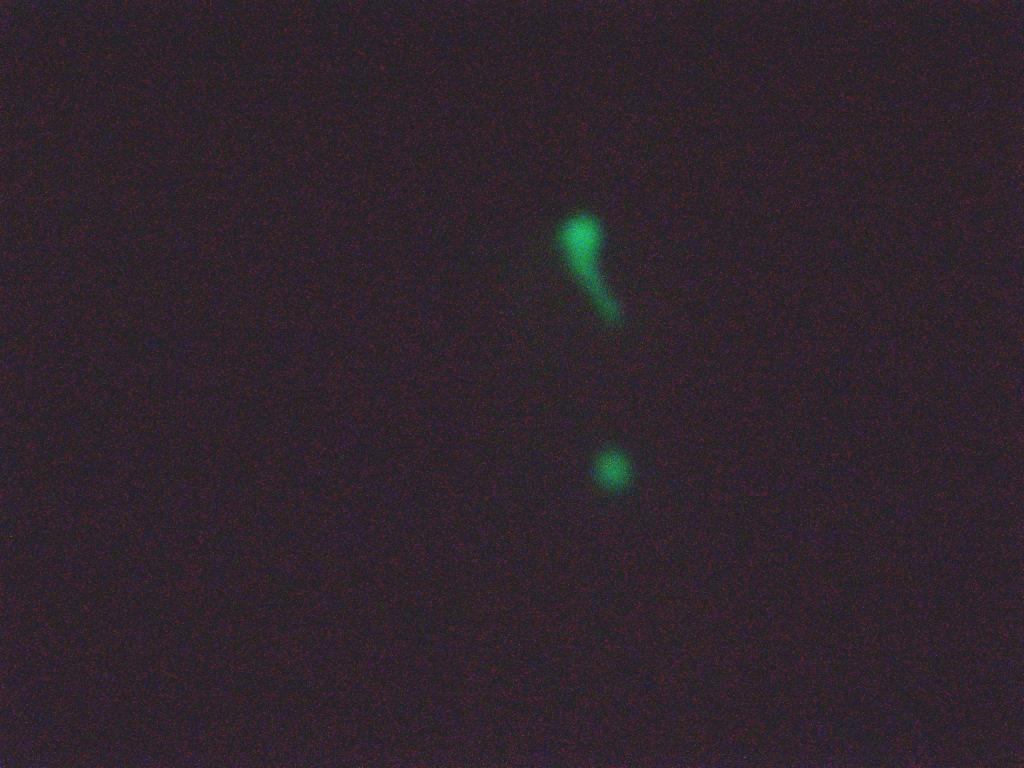Team:IPN-UNAM-Mexico/Future
From 2009.igem.org
| (2 intermediate revisions not shown) | |||
| Line 6: | Line 6: | ||
== [[Image:Month-icon.png | 50px]]About the project == | == [[Image:Month-icon.png | 50px]]About the project == | ||
| - | Time ago, many ancient cultures were aware that nature has the answers for almost every question and problem they had, and they were not wrong, now, in this new era of new and advanced disciplines, the same applies, again we return to the roots and we believe | + | Time ago, many ancient cultures were aware that nature has the answers for almost every question and problem they had, and they were not wrong, now, in this new era of new and advanced disciplines, the same applies, again we return to the roots and we believe it's time to turn back to nature to get new answers and new questions and put them in the hands of mankind for wellness. |
| - | Of course | + | Of course it's not so easy, while mankind has only 100 years working on genetics, life has more than 4.5 billion years doing this, so there are billions of years of answers that we can take for us. |
| - | One of this answers that we | + | One of this answers that we are looking for is working on a biosensor and finding the way to make a coupling between bioremediation, biosensors and energy harvesting; something that actually happens in almost any place in the world thanks to the simbiosis between organisms. |
| - | This artificial | + | This artificial symbiosis is still far from our work, but looking at nature and finding "non-conventional" metabolisms (we call them "non-conventional" for the biology of humans, but actually, the oxygen-based metabolisms are the most exotic and non-conventional thinking about biomass), we will try to isolate the pieces and make it functional in the lab. |
| - | Starting this year, we did the first collect of bacteria, after 15 days doing experiments we found a ''Vibrio spp.'' that produces | + | Starting this year, we did the first collect of bacteria, after 15 days doing experiments we found a ''Vibrio spp.'' that produces biolumnescence, this kind of bacterias are well known because they produce light, and their metabolisms are characterized and some pieces of its genome are sequenced. At this time we have complements of sequences that has some interesting properties and we hope to get them working soon. |
== The Challenge == | == The Challenge == | ||
| Line 30: | Line 30: | ||
[[Image:IMG 9958.JPG|300px]] | [[Image:IMG 9958.JPG|300px]] | ||
[[Image:IMG 9673.JPG|300px]] | [[Image:IMG 9673.JPG|300px]] | ||
| - | + | [[Image:Muestra maruata 2009 luminiscencia.jpg|300px|Collected Luminiscent Bacteria Vibrio spp.]] | |
| + | <center>[[Image:IMG 9796-1.JPG]]</center> | ||
<center><h1>DO YOU ACCEPT THE CHALLENGE?</h1></center> | <center><h1>DO YOU ACCEPT THE CHALLENGE?</h1></center> | ||
{{Template:IPN-UNAM-Mexico-footer}} | {{Template:IPN-UNAM-Mexico-footer}} | ||
Latest revision as of 22:10, 21 October 2009
And here we go!
 About the project
About the project
Time ago, many ancient cultures were aware that nature has the answers for almost every question and problem they had, and they were not wrong, now, in this new era of new and advanced disciplines, the same applies, again we return to the roots and we believe it's time to turn back to nature to get new answers and new questions and put them in the hands of mankind for wellness.
Of course it's not so easy, while mankind has only 100 years working on genetics, life has more than 4.5 billion years doing this, so there are billions of years of answers that we can take for us.
One of this answers that we are looking for is working on a biosensor and finding the way to make a coupling between bioremediation, biosensors and energy harvesting; something that actually happens in almost any place in the world thanks to the simbiosis between organisms.
This artificial symbiosis is still far from our work, but looking at nature and finding "non-conventional" metabolisms (we call them "non-conventional" for the biology of humans, but actually, the oxygen-based metabolisms are the most exotic and non-conventional thinking about biomass), we will try to isolate the pieces and make it functional in the lab.
Starting this year, we did the first collect of bacteria, after 15 days doing experiments we found a Vibrio spp. that produces biolumnescence, this kind of bacterias are well known because they produce light, and their metabolisms are characterized and some pieces of its genome are sequenced. At this time we have complements of sequences that has some interesting properties and we hope to get them working soon.
The Challenge
Is to find exotic metabolisms on the nature and get them to the synthetic biology.
 More!!!
More!!!
Some pictures about fieldwork.
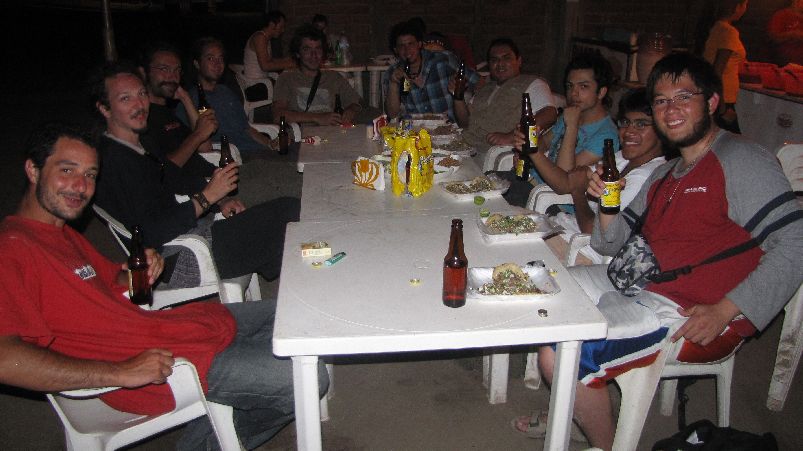
DO YOU ACCEPT THE CHALLENGE?





 "
"

